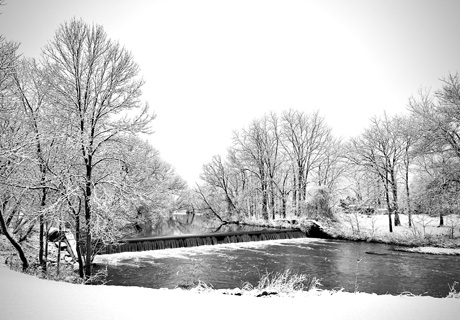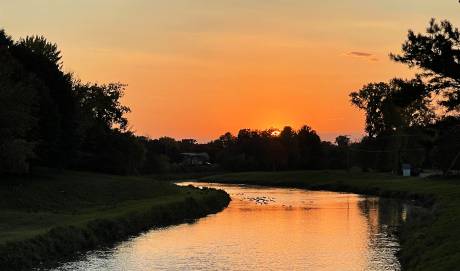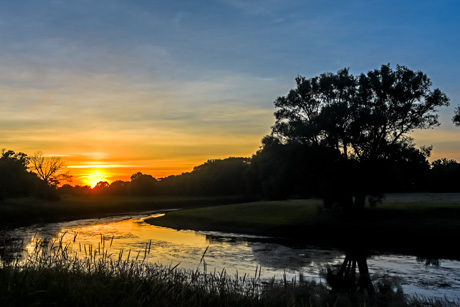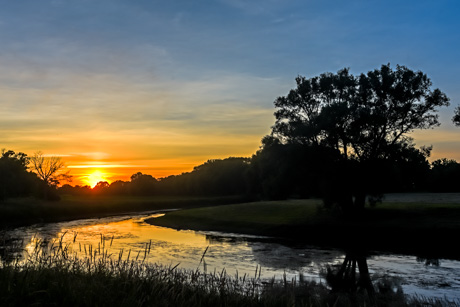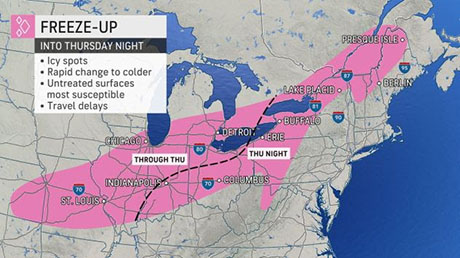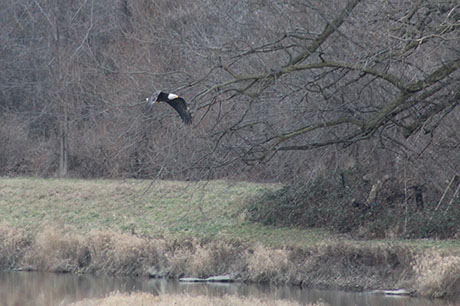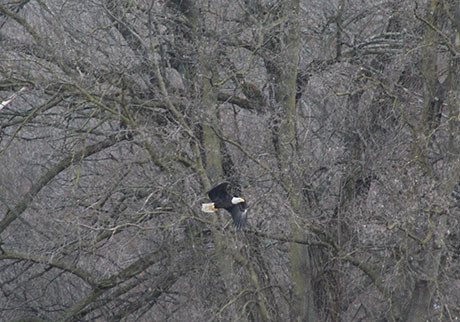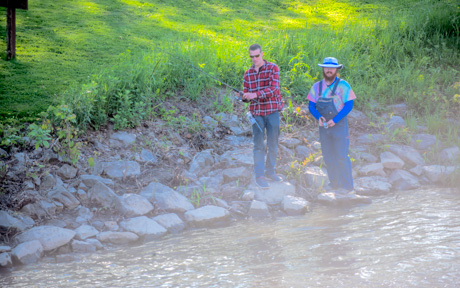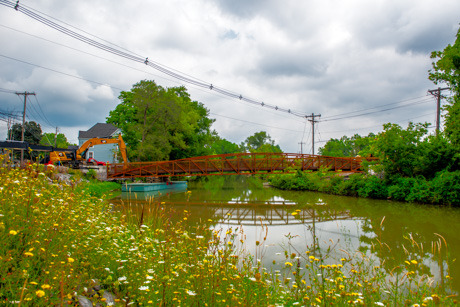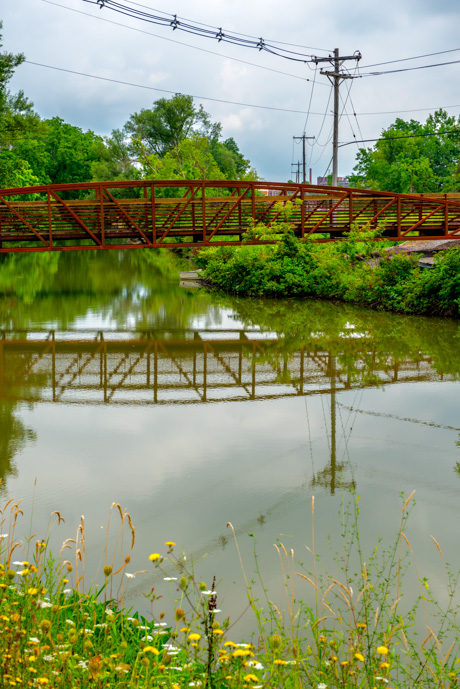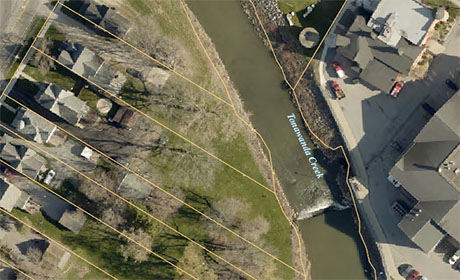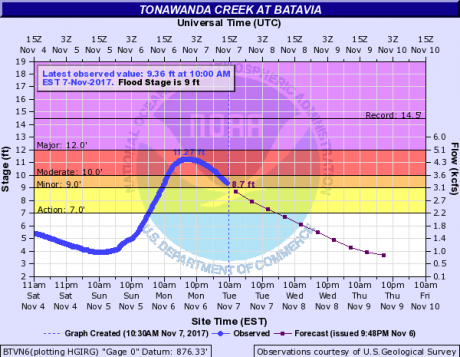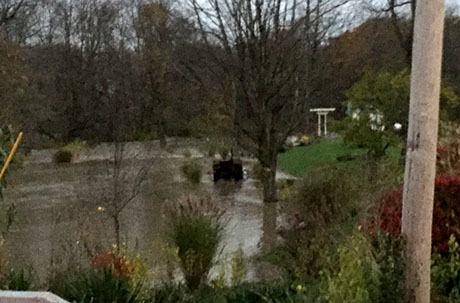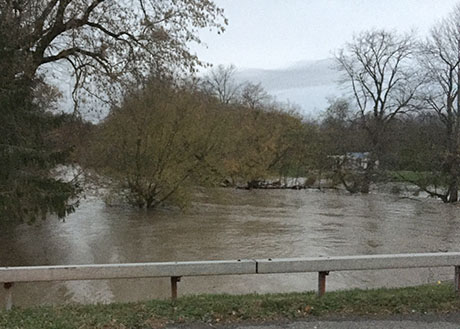While it may seem like innocent fun to throw something odd or interesting online for all to see, it’s not so funny to people in charge of the public’s welfare.
A reader recently emailed The Batavian asking if the city water supply was safe, as he had read on social media about a claim that it was contaminated with some type of larvae.
Not true, City Manager Rachael Tabelski says.
“The City of Batavia Water Treatment Plant is operating normally, and our ongoing analysis indicates that there are no deficiencies in the water supply,” she said to The Batavian Tuesday.
More to the point, Tabelski said that the city takes its water supply “very seriously,” and any presence of something that could affect residents’ health would be publicized as soon as possible with a message to boil one's consumable water.
Furthermore, anyone who posts false information about a municipal operation can face repercussions, Tabelski said. Along the lines of yelling fire in a crowded theater and causing mass hysteria, a rumor about a public necessity such as water can create undue concern or panic.
Tabelski referred Batavia city water users to the annual Water Quality Report, which is available on the city’s website. Here are a few water facts, according to Tabelski and the water report:
The City of Batavia has been processing its own water at the Water Filtration Plant, 480 Lehigh Ave. plant since 1917. Much of the original structure is still standing, although modifications have been made through the years, she said. Between 1968 and 1971 renovations were completed to raise the planned capacity from three million gallons per day (M.G.D.) to six M.G.D. Six new filters were added along with another precipitator unit.
A total of three million gallons of finished drinking water, which is one day’s average consumption, can be held in the city’s two elevated storage tanks, she said. One tank is located on East Main Street Road behind the New York State Department of Transportation building and the other is beside the V.A. Hospital. These towers maintain a steady water pressure of between 60 to 80 pounds throughout the City and Town.
Where Does Your Water Come From?
Batavia uses two sources of water. Two wells located at Cedar Street provide for most of our water needs. This water is from the Tonawanda Valley Water Shed, one of the largest underground bodies of water in the state.
"Our well water is exceptionally clear with an average turbidity of less than 0.05 N.T.U. Our tests have detected no bacteria or chemical contamination in our untreated (raw) well water," Tabelski said. "However, these wells produce a hard water containing dissolved minerals and requires softening to bring it to the condition most residents find acceptable. Two supplementary wells have been developed in the well field; these await pump systems to begin operation."
Tonawanda Creek is the other source of water. While the creek has provided the treatment plant with an adequate quantity and quality of water for over 80 years, it is a surface water source and is therefore susceptible to rapid changes in quality. Levels of turbidity from runoff may quickly increase, making the creek water less cost-effective to process. Creek water is used to supplement our wells and as a backup water supply, she said.
The City processed a total of 1.1 billion gallons of water in 1999. We serve a city population of 16,310 and supply water to about 5,800 city customers. We sold a total of one billion gallons of water in 1999. A total of 873 million gallons of water in the city and 137 million gallons were sold to the town. A total of 114 million gallons of water (or 10 percent) were not metered. This was from water hydrants, water used for city maintenance, used in parks, or water lost in leaks and breaks, she said.
How Do We Treat Your Water?
The Water Report states that Batavia's well water "is very clear and requires little treatment other than softening." Raw or untreated water from an intake pipe in the Tonawanda Creek enters the water plant through mechanical screens. These screens prevent creek debris from getting into the plant. Activated carbon can be added here if there is a taste or odor problem. From the screens, creek water is mixed with well water in the Flash Mixers where water treatment chemicals are added.
Chemicals used in the water plant are ferric sulfate, calcium oxide, chlorine, polyphosphate, fluoride, and occasionally activated carbon. Ferric sulfate is added as a coagulant. This chemical neutralizes the charges on particles suspended in the water and thus allows them to clump together and drop out. Calcium oxide, also called lime, is added to raw water to soften it. Batavia is one of the few water plants in the state that lime softens its water the report states.
Adding lime causes calcium, magnesium and other compounds to begin to precipitate or prop out of the water. Soft water cleans better and uses less soap to wash effectively. This type of water softening will not add sodium to the water as can some other types of water treatment. Tabelski and Water and Wastewater staff believe -- and verify with the report -- that this extra process is one reason Batavia can produce exceptionally clear water.
Click here to read the city's Water Quality Report.
Top Photo: 2022 File Photo of a sunset looking over Tonawanda Creek, one of two sources of water for the City of Batavia. Photo by Howard Owens.
